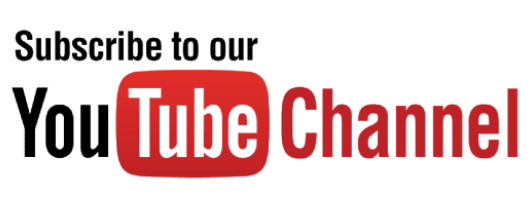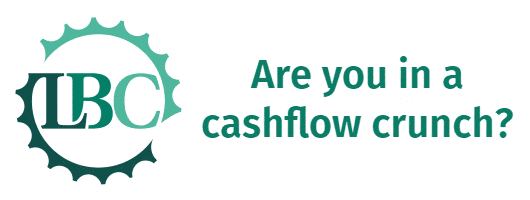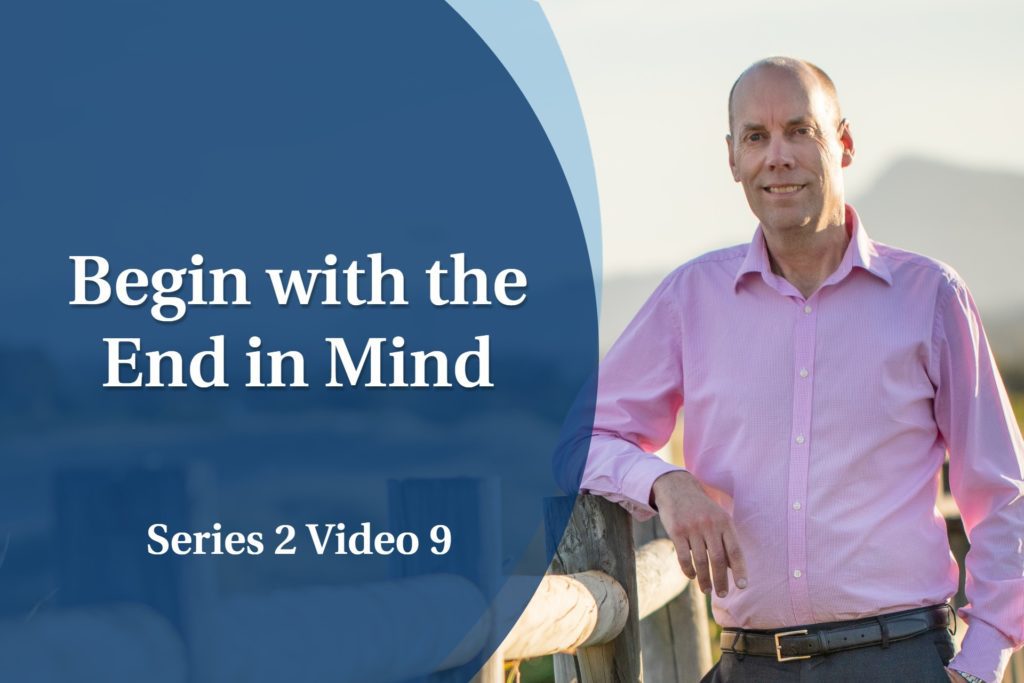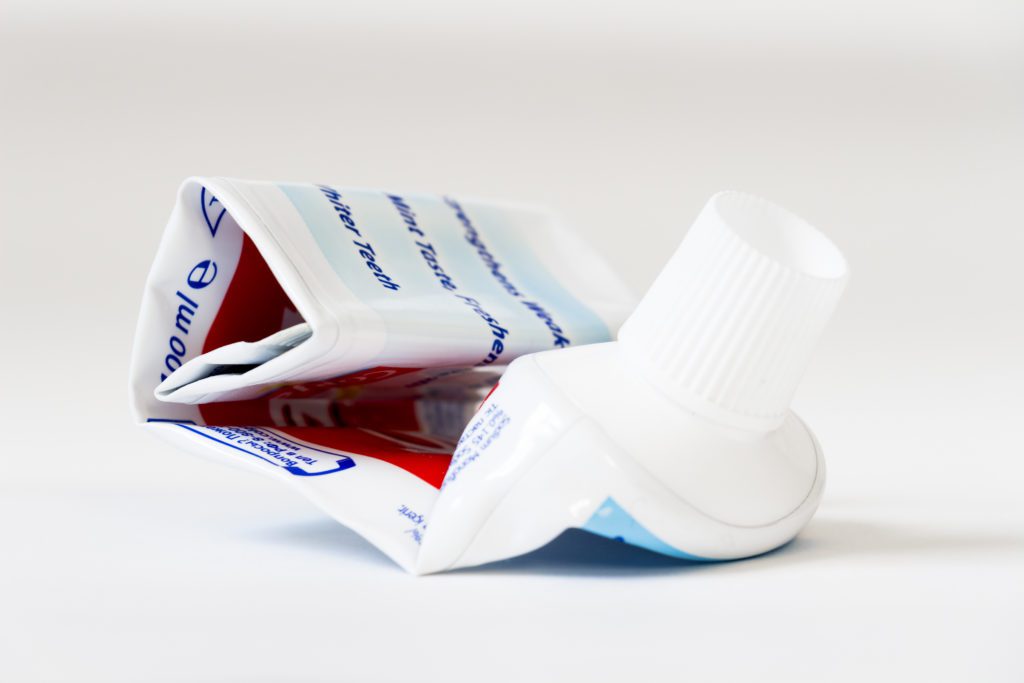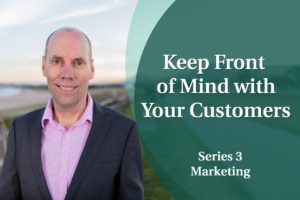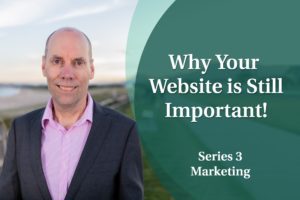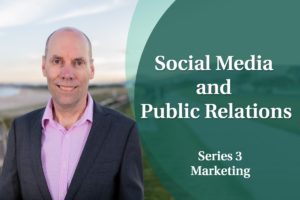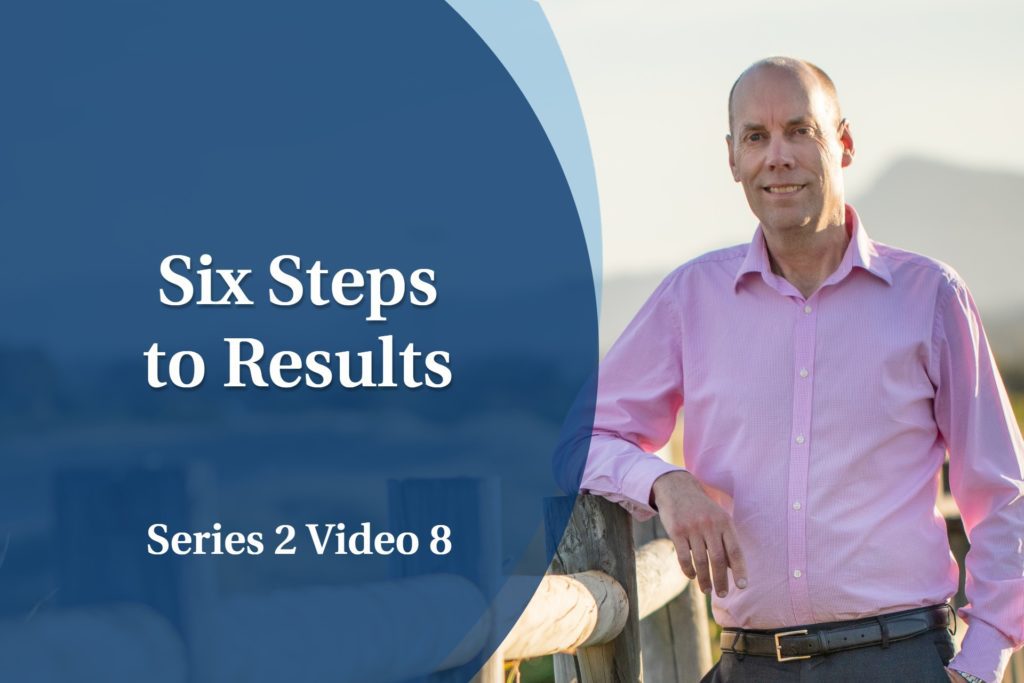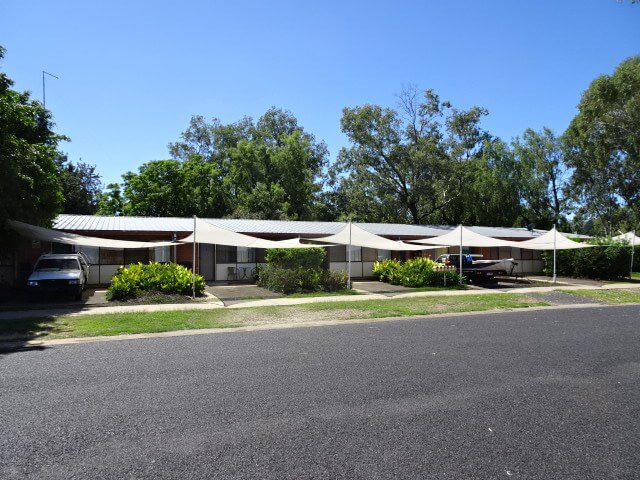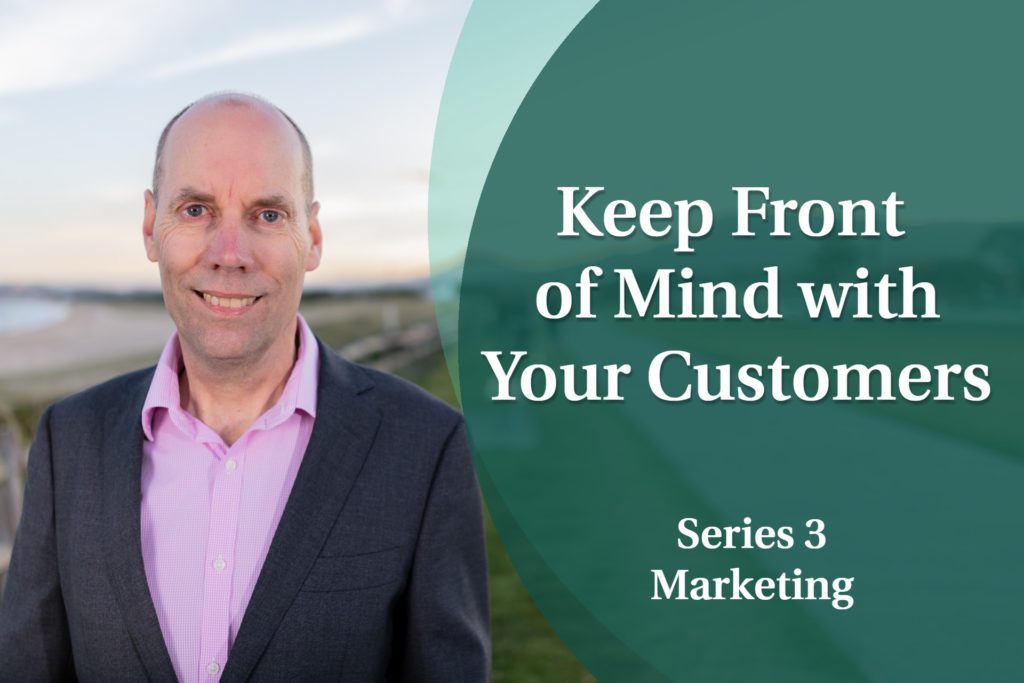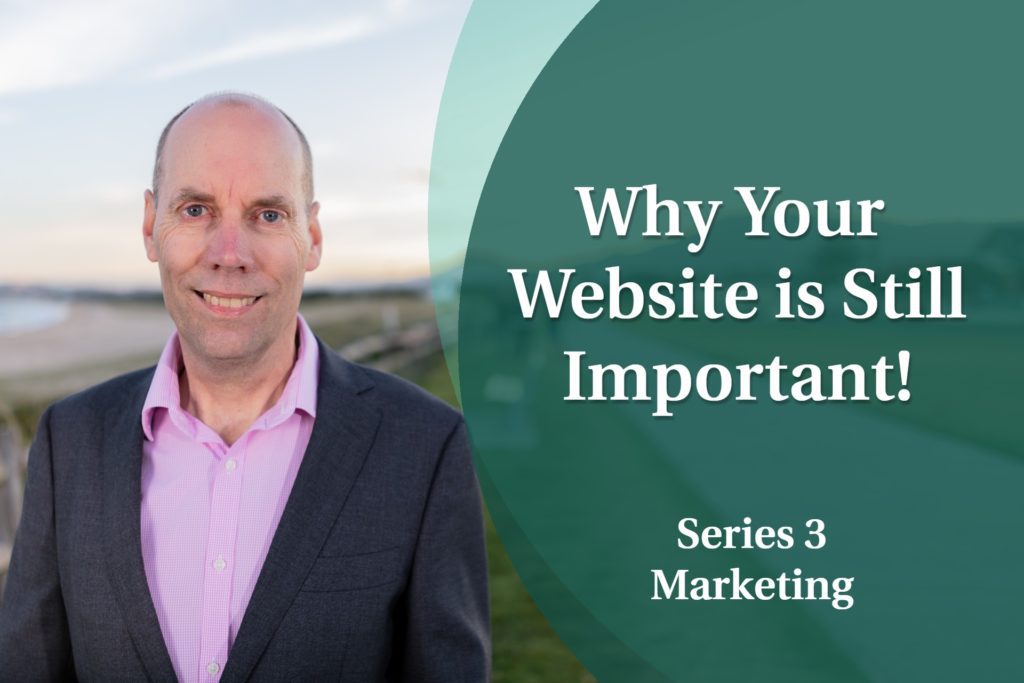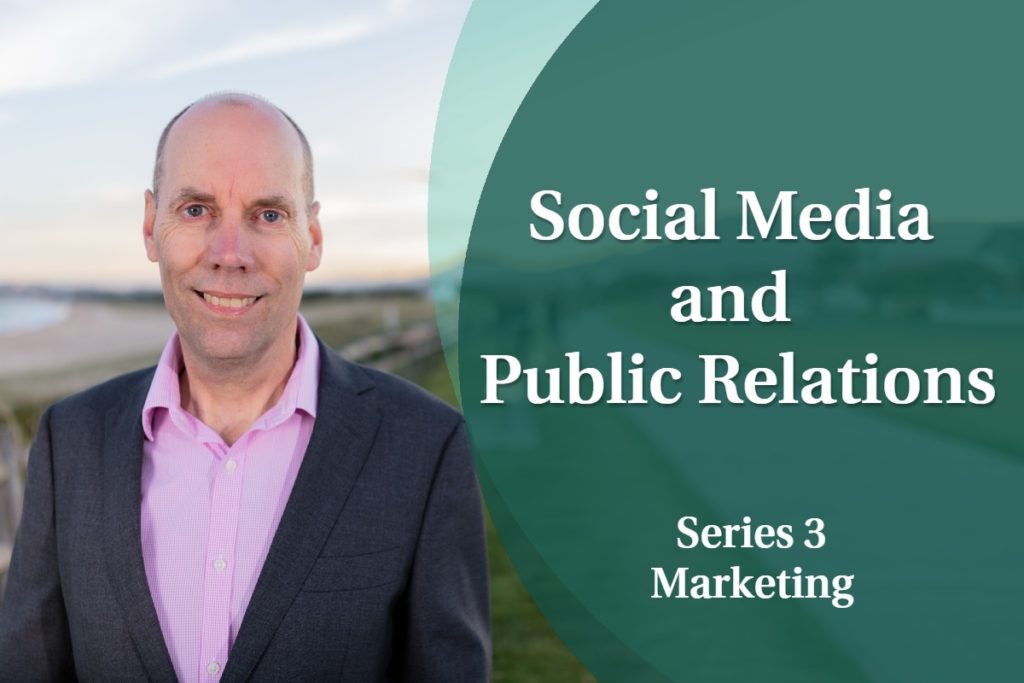What is the difference between good and bad debt?
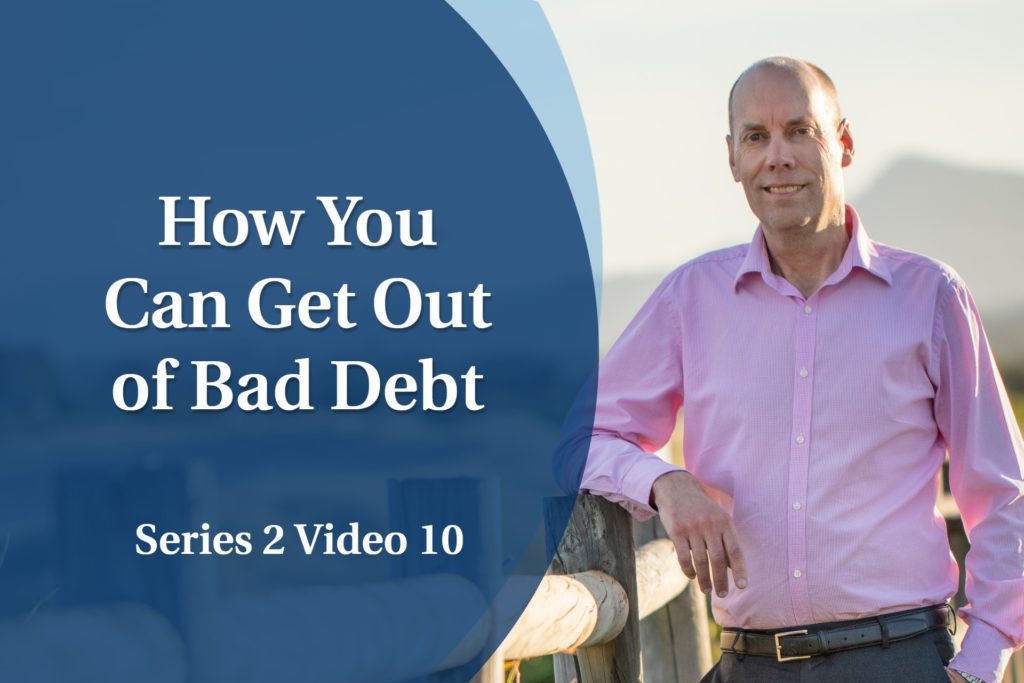
Few things give you more worry and that sick feeling in your gut than having debts that you can’t pay off.
I know this from personal experience. Fortunately, through reading and listening to good advice, we gradually paid off and closed all of our credit cards, car loans, overdraft, accounts payable and other forms of debt.
So I now know what it feels like not to have all of these debts hanging over my head, and I can tell you that it feels a lot better!
If you’ve ever felt the worry of having these sorts of debt, then this video is for you.
I’ll start by examining the real reasons we go into debt. Then explain my definitions of assets and liabilities, good debt and bad debt. Once I’ve laid the groundwork I’ll give you some tips on how to get out of bad debt.
There’s no magic bullet here. It took us time to transition from our bad debt situation to our situation today. But even when you start the journey, you’ll feel a lot better!
Watch Video Ten: How You Can Get Out of Bad Debt
Book an Obligation Free Consultation
If you are struggling with the topic in this video, or want to improve this area of your business with new strategies and a proven formula for success, then complete the form here now, to book an obligation free consultation with Phil Latz.
Phil will meet with you for one hour, free-of-charge, to listen to your current situation. He will help you to hone in upon the key issues and strategies that will make the most impact, no strings attached.
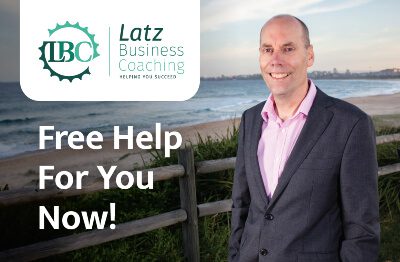
It will only take you 30 seconds to activate change! You have everything to gain and nothing to lose!

